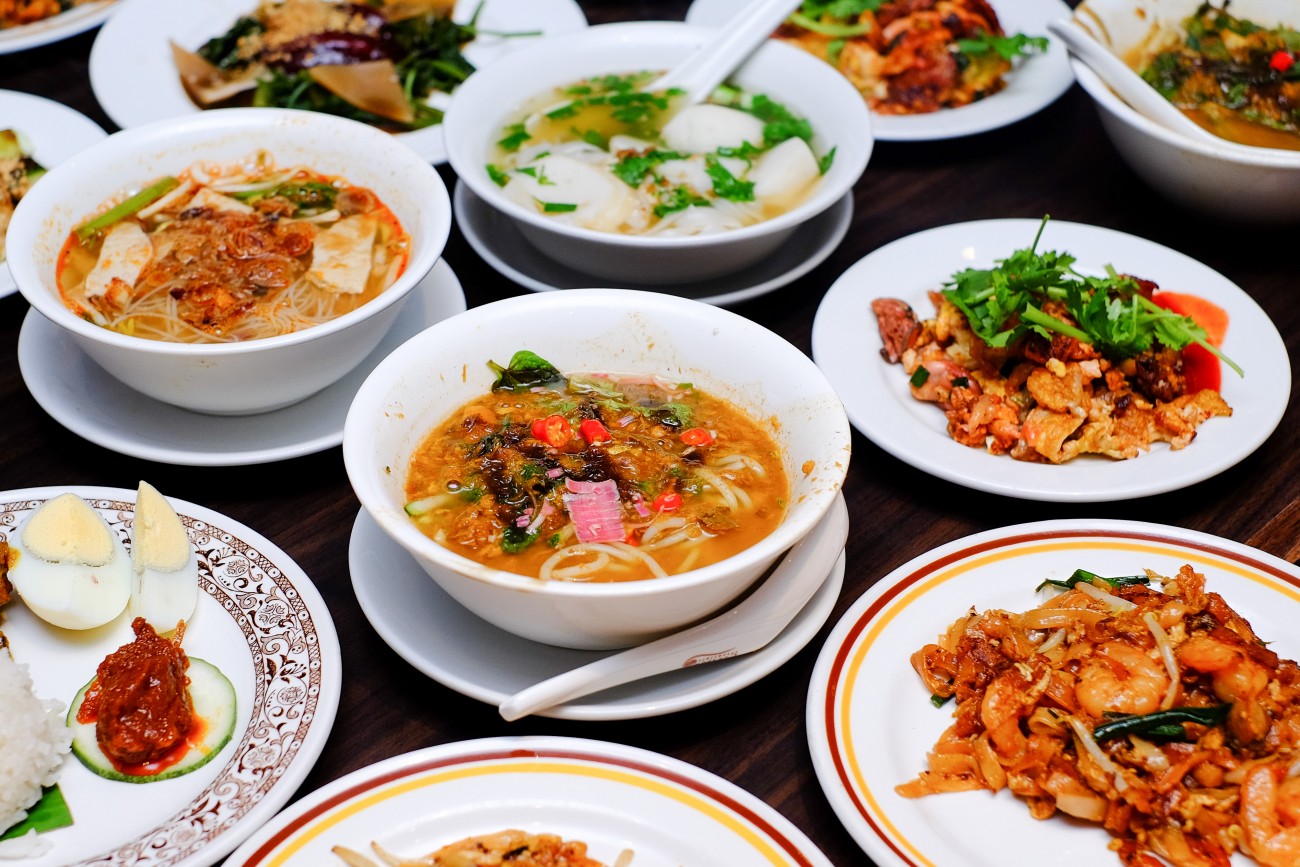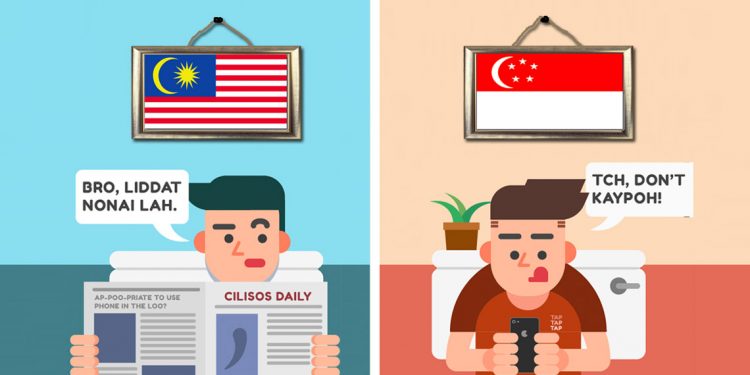Malaysia and Singapore have endured their fair share of neighborly squabbles in the five decades since independence. But the recent disputes over port limits, airspace, water, the crooked bridge, the high-speed railway, to name a few, have strained Singapore – Malaysia relations to breaking point. Amidst the tension, politicians on both sides of the causeway have engaged in less-than-friendly rhetoric (to put it lightly). Commentators on social media have openly called for an all-out war between both countries and the SAF has ramped up its strategy of deterrence with an open-mobilization and live-firing exercise.
In a tit-for-tat move, Malaysia has announced temporary closures of its JB border crossing for an “exercise” and mulled a restriction on egg exports to Singapore. Observing how events have unfolded these past few months, it can be tempting to write off Singapore and Malaysia as perpetual enemies. I offer a different perspective – Singaporeans and Malaysians have more in common than what divides us. Both countries are inextricably tied to a shared history, culture, and a mutual economic dependency.
Shared History

Singapore and Malaysia share significant historical affinities. Both countries were once part of the Malaccan Sultanate, dating back to the 15th century. We were jointly colonized by the British. Both countries endured the hardships of the Second World War and the Japanese Occupation. Our postwar history was characterized by the anti-colonial struggle for independence. After more than 140 years under British rule, Singapore joined the Federation of Malaysia in September 1963 but left less than 2 years later amid ideological differences.
Shared Culture

Malaysia and Singapore also share significant cultural affinities, as both countries have multiracial populations consisting of Malays, Chinese, and Indians. These are in addition to cross-border family ties due to migration between the two countries. In particular, Singapore is culturally linked with its former fellow Straits Settlements, Penang, and Malacca – both of which are now among the 13 Malaysian states. Aside from being governed directly by the British as crown colonies until the mid-20th century, the three territories are renowned for their cosmopolitan populaces, which include the Peranakans.
Culturally, Malaysian and Singapore cuisine is also very similar. Both Singaporean and Malaysian cuisine take influence from Chinese, Indian, Malay and Peranakan cultures. Dishes like Chicken Rice, Chendol, Laksa, Char Kway Teow, Chilli Crab and so on, have been claimed by either side which reinforces the cross-cultural influence, given our geographical proximity.
Economic Dependency

As of end-2013, Singapore investments into Malaysia totaled $37 billion, while Malaysian investments into Singapore totaled $27 billion. As of 2017, Singapore was Malaysia’s largest trading partner with exports worth US$31.6 billion (14.5% of total Malaysian exports). Similarly, Malaysia is Singapore’s 3rd largest trading partner with exporting $39.6 billion (10.6% of total exports) worth of goods and services. Over 400,000 Malaysians work in Singapore and thousands of Singaporeans regularly visit Malaysia (especially JB), stimulating the local economy and providing a boost to small businesses.





